Shopping Cart
*continental US addresses only

*continental US addresses only
Your Cart is Empty
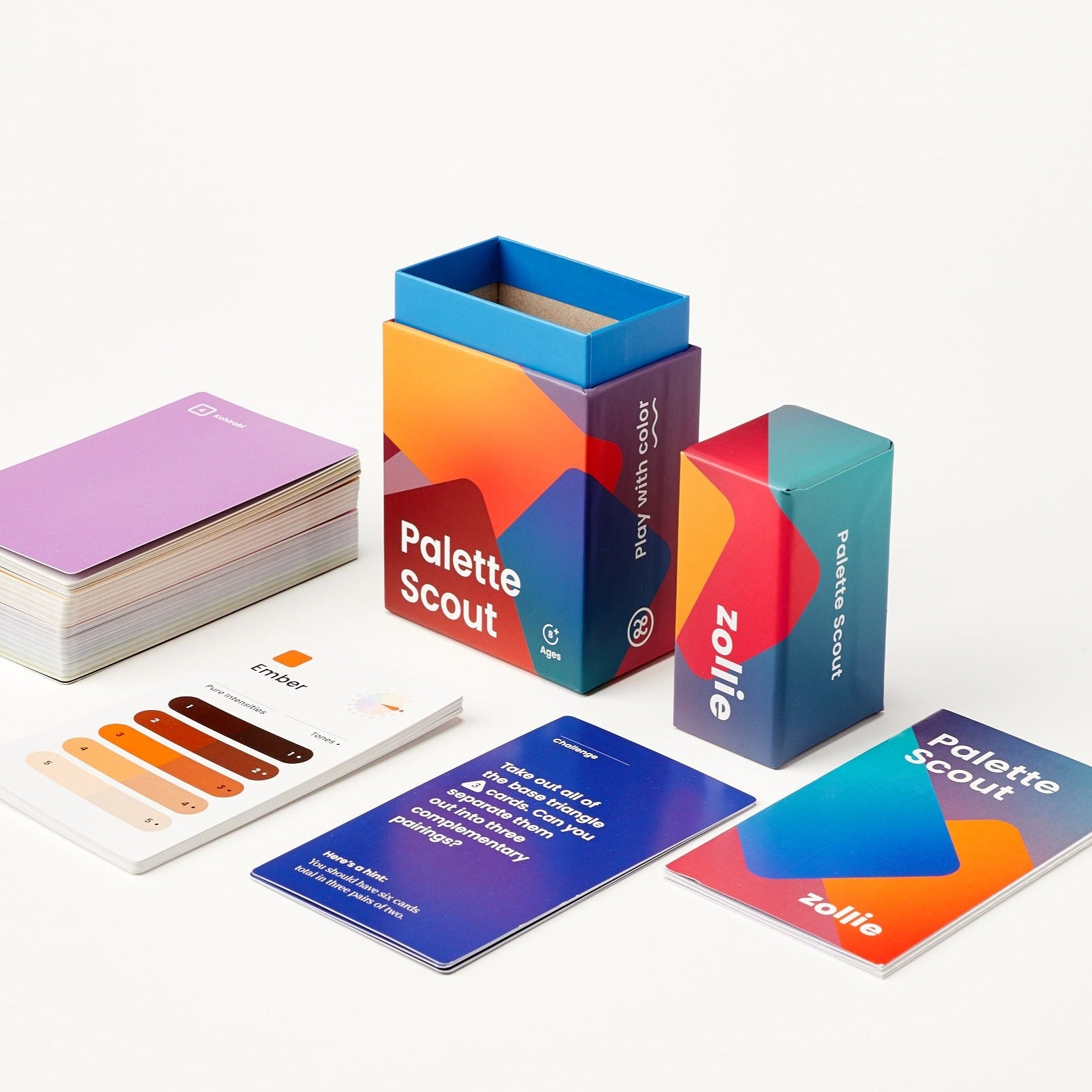
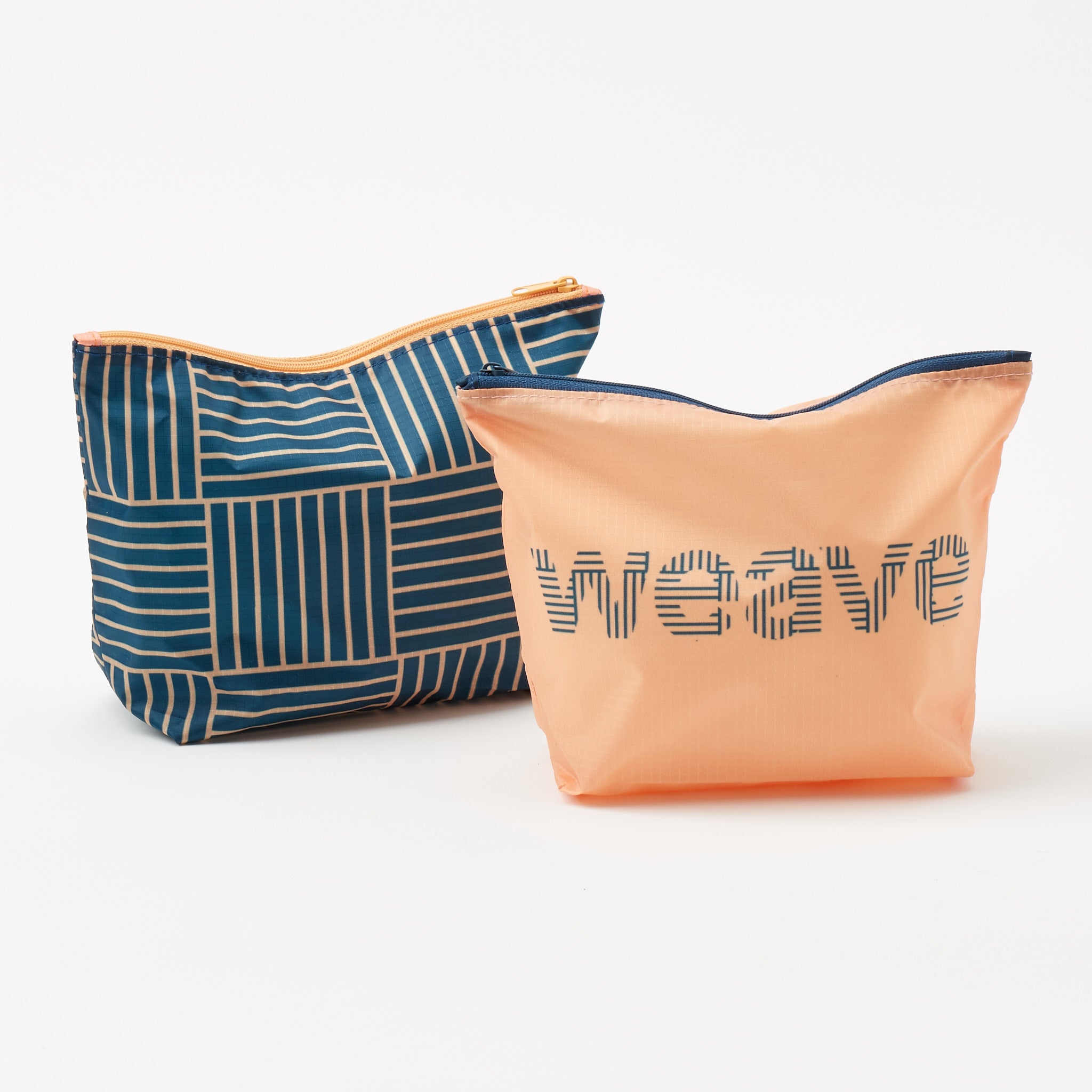
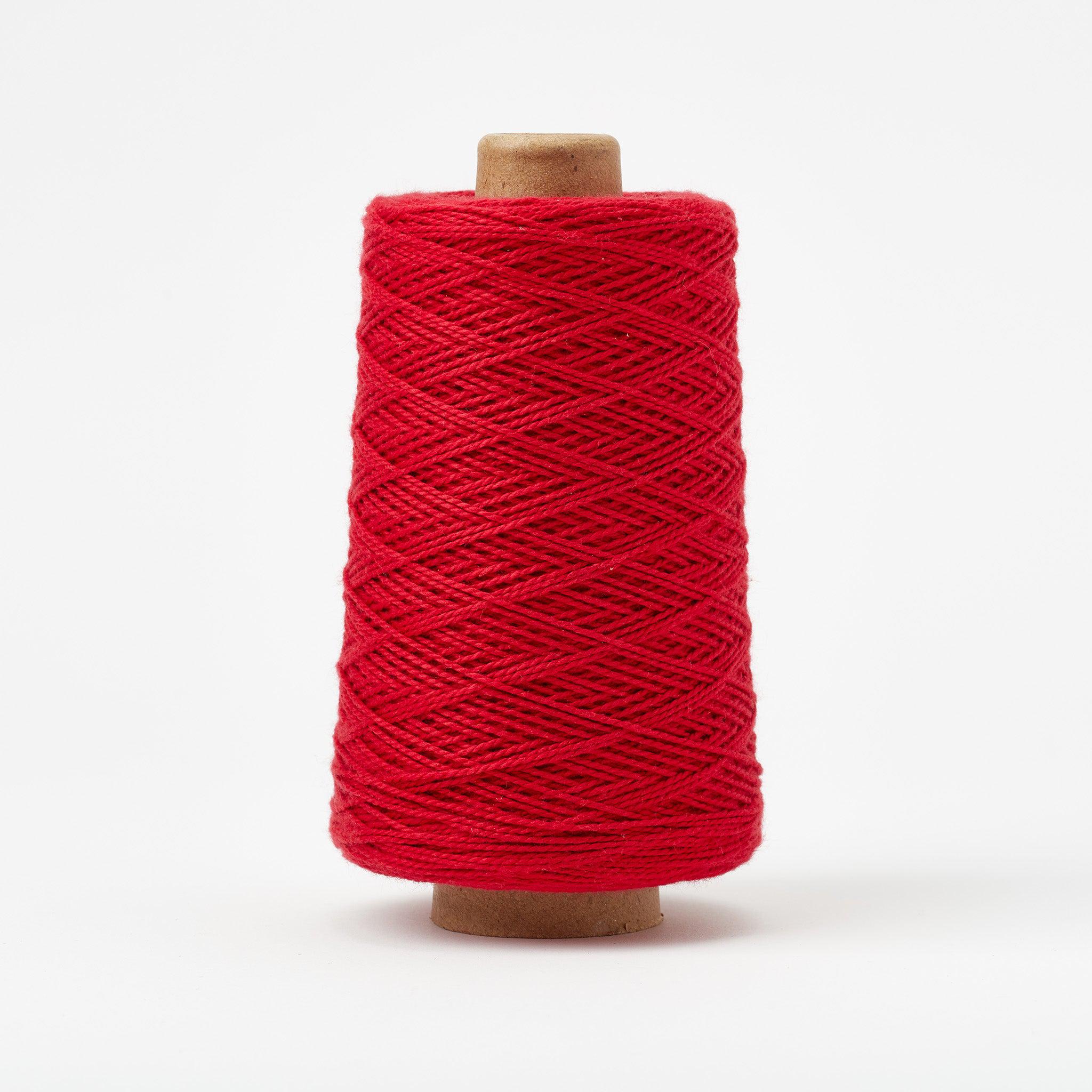
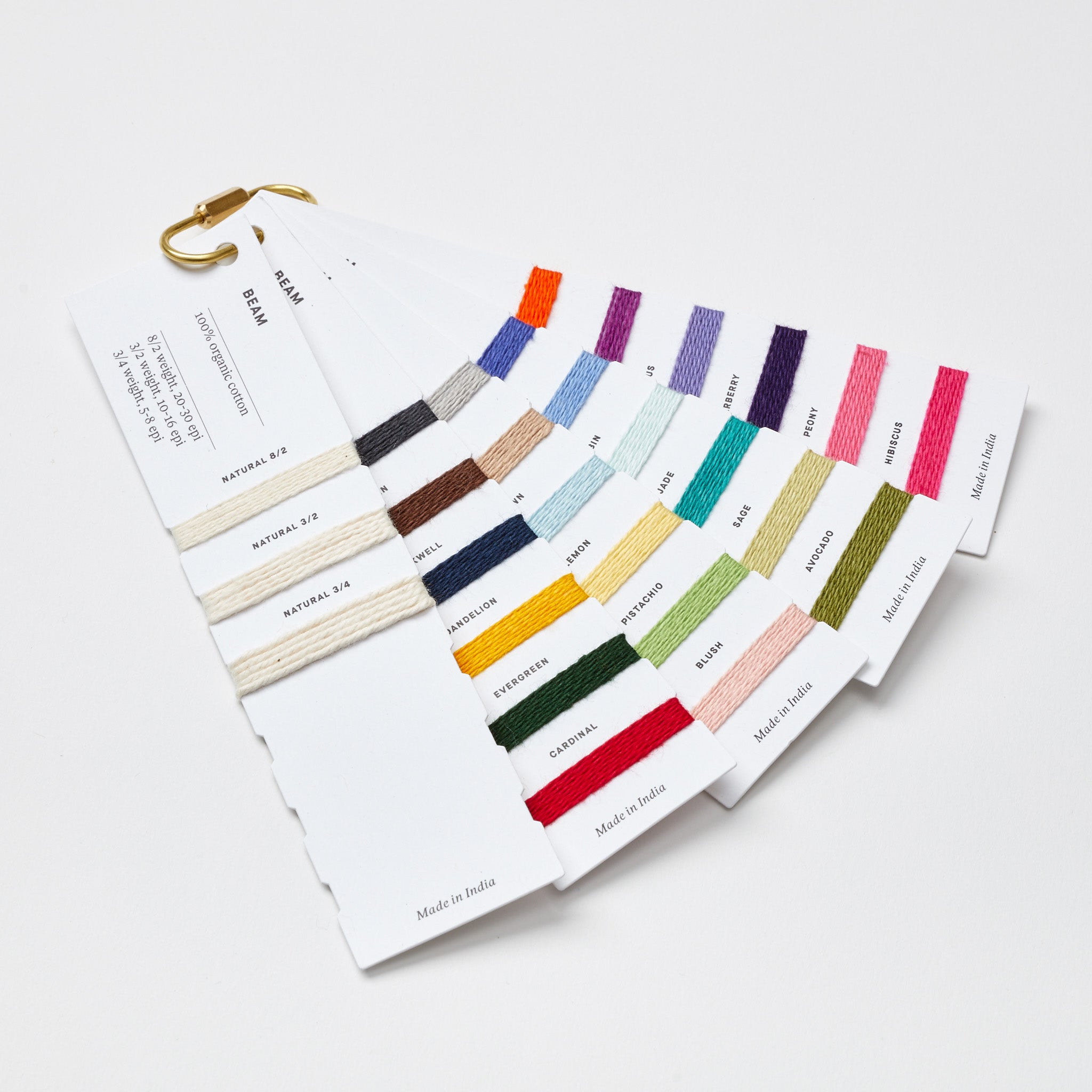
When I was a kid my Oma had a rag rug in front of her kitchen sink and I remember the pleasure of looking down and wondering how all those colors and textures had been put together. Now that I weave, I understand how that long-ago rug was made—and can create the magic for myself on the loom. Not just a scrappy leftover, rag rugs can be practical everyday textiles or incredible works of art—and are a great way to use up yarns like Mallo and Beam in your stash.
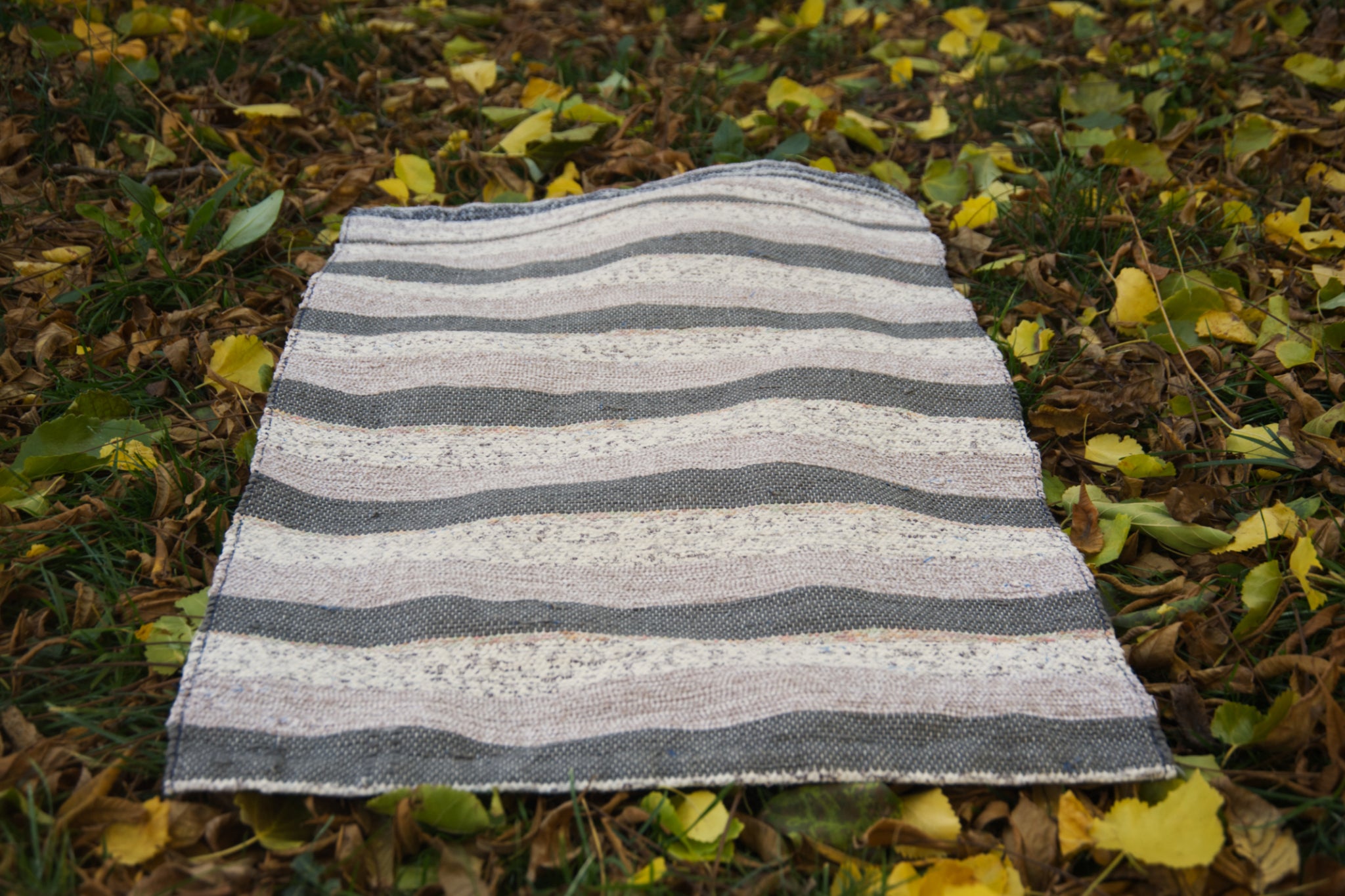
Rag rugs are comprised of two different parts: a yarn warp, and a rag weft. At their most basic, a rag rug is woven in plain weave, making them easy to try on your rigid heddle loom. But you don’t have to stick to plain weave—many of the prettiest rag rugs I’ve seen use twills or other structures to create pattern or texture.
Because the size difference between the warp and weft is not even (the rags being the thicker of the two), rag rugs are generally woven with a more open sett. This means you see more weft than you do warp. This isn’t always the case, however—the Viken Trivets are an excellent example of repp weaving, where the warp is sett very densely to completely cover the weft. The Viken Trivets use yarn, instead of rags, as the weft, but could quite easily be made using thin rag strips too.
The key to weaving rag rugs is a strong and sturdy warp thread. The warp needs to be able to travel around the thick rag weft and withstand the rigors of increased tension, weaving and beating. In all of the old rag rugs I’ve seen, the warp is always the part that fails first, so choosing something strong will help your finished rug stand the test of time.
Rag rugs are usually beat very firmly so that the fabric strips are tightly packed in, and a firm beat often translates into extra strain selvedges, especially those that are thin or loosely spun. For this reason, most weaving books recommend using a temple when you weave a rag rug (though you can, of course, weave without one too!).
While a plain white cotton warp is the classic choice, a rag rug warp is an opportunity to have fun with color! Use your warp to empty bobbins, mix textures, and add stripes.
Rag rug wefts are strips of already woven cloth. As the name suggests, they were likely once made using rags—cloth that had already been woven, worn, and used past its best. Cut or torn into strips, this cloth was then repurposed to live on a little longer as thick rugs, bedcovers, clothing, and other home goods.
This element of recycling is what really excites me about weaving rag rugs. My favorite place to get fabric to repurpose into rugs is at thrift stores, where an incredible amount and selection of prints and patterns can be found in the bed sheet aisle. While I prefer using woven fabric to create rag rugs, you can also use knits too.
The width of the fabric strips are up to you and will have an effect on the scale of your rug. I use strips between 3/4-1” wide, but one of my favorite rugs has fabric strips closer to 1/2”. When it comes to joining two lengths of rag weft together, there are a few ways to do it—I prefer to cut my ends on a diagonal and overlap them manually in my shed, but other weavers prefer sewing them together.
Rag rugs can be finished just like any other hand woven textile: twist the fringe, fold over and sew a hem, or plain tied knots.

Can you use Gist yarns to make rag rugs? The answer is yes! For this article I tried out three yarns: Beam, Duet, and Mallo. I made three small samples on two different warps.
For my first sample, I used Beam and Duet in my warp. Having made a few woven rag rugs, I knew Beam’s smooth and strong nature would be excellent for a rag rug, but I wondered about Duet, because it has a looser twist. This twist makes it wonderful for scarves, kitchen towels, and other projects, but I didn’t think it would stand up to the firm beat needed on my table loom. I used a 1 end Beam in Lemon, 1 end Duet in Dune pattern and sett my sample at 10 epi.
As I predicted, the left side selvedge, which was Duet, broke just as I finished weaving the sample. The Beam side didn’t show any significant wear and tear. Perhaps if I was making a wider piece and using a temple I could get away with using Duet as my rag rug warp, but for beginner rag rug makers, I would suggest you stick with Beam!
The slightly checked pattern in the yellow Beam/Duet sample was created by doing 1 pick rag, 1 pick Duet or Beam and threading it so there were groups of threads that either had all the Beam ends on one set of shafts (like 1 + 3) or the other (2 + 4). When I wanted to switch to the other color, for example, I did 1 pick Duet, 1 pick Beam, and then began the rag pick/Beam sequence again, creating checks. I used very low contrast yarns so the effect is subtle!

For my second and third samples, I used Mallo in Brick and sett it at 12 epi. Mallo was a lovely rag rug warp—strong and easy to weave, the thick and thin texture gave the samples a lovely visual effect. To show you just how much the weft colors affect the finished project, I made two samples: one with a dark blue and red rag, the second with a light blue and white striped rag.

Rag rugs make for excellent strong and unique woven rugs for your home. I have one next to my bed, but I also use one as a bath mat and one in the kitchen too. Because they're easy to wash, a woven rag rug is great to have around the house. But there's a lot of other uses for this type of weaving too.
The technique of using a yarn warp and fabric strips as weft has been used by weavers around the world for thousands of years. Two traditions I’m aware of of include the catalogne coverlets of French Canada (visit Canadian Gist stockist Irene Textile’s website to see some woven by Yde’s family, or the Narrative Threads project, and Japanese Sakiori—watch this video to see weaver Sumiko Inoue talk about her work (and see her really fascinating loom!).
What I love so much about weaving rag rugs is that there’s an element of unpredictability—how the warp, weft, weave structure, and scale work together makes the weaving very exciting and fun. For inspiration and further reading, there are two books I have enjoyed and would recommend: Weaving Contemporary Rag Rugs by Heather Allen (which is sadly out of print, but available through book resellers)and Tina Ignell’s Favorite Rag Rugs.
Amanda Rataj is an artist and weaver living and working in Hamilton, Ontario. She studied at the Ontario College of Art and Design University and has developed her contemporary craft practice through research-based projects, artist residencies, professional exhibitions, and lectures. Subscribe to her studio newsletter or follow her on Instagram to learn about new weaving patterns, exhibitions, projects, and more.
